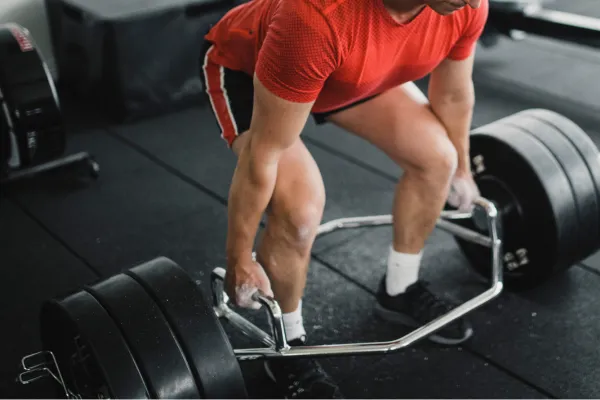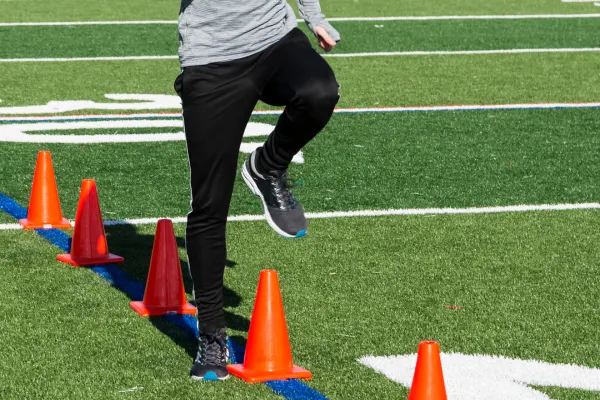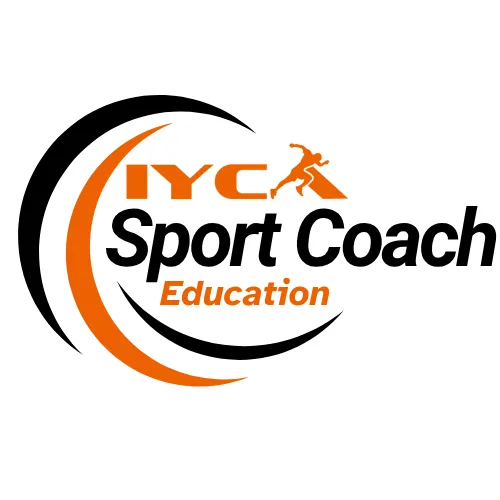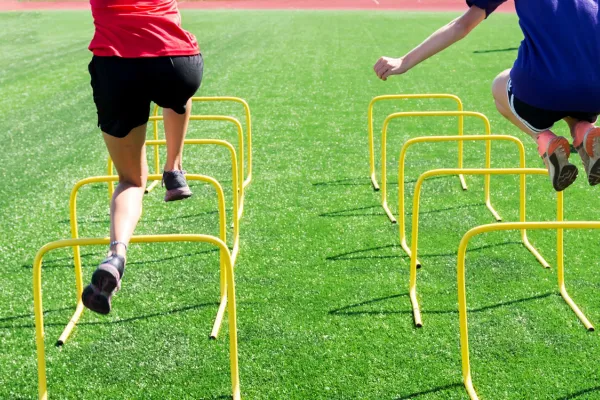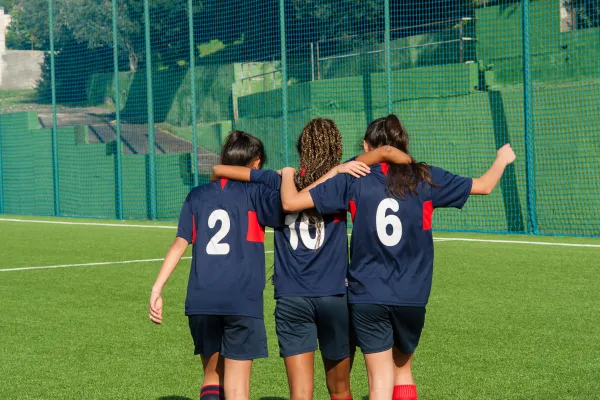
The Hidden Risk in Sports: What Coaches and Athletes Need to Know About RED-S
In the world of sports, athletes push their bodies to the limit, often enduring intense training regimens, tight schedules, and the pressure of performance. However, in this pursuit of excellence, some may inadvertently neglect a critical factor: proper energy balance. This is where Relative Energy Deficiency in Sport (RED-S) comes into play—a condition that can have severe implications for an athlete's health and performance. It is important that not just athletes, but also coaches and parents understand what RED-S is, how to identify it, and what to do when they suspect an athlete may be at risk for it.
What is RED-S?
Relative Energy Deficiency in Sport (RED-S) refers to a condition in which an athlete’s energy intake is insufficient to support the demands of training, performance, and bodily functions. The term RED-S emerged in 2014, evolving from the previously recognized Female Athlete Triad, which focused solely on female athletes. RED-S, however, is a broader concept that affects both male and female athletes and encompasses more than just menstrual dysfunction.
RED-S is characterized by a mismatch between the energy consumed and the energy expended through exercise. When this imbalance occurs, the body begins to divert energy away from non-essential functions, which can lead to a range of physiological and psychological issues.
How Does RED-S Develop?
RED-S typically develops when athletes focus too much on training intensity, performance, or body composition (e.g., maintaining a low weight for a particular sport) and fail to consume an adequate amount of calories to support these demands. This can result in the body entering a state of "energy deficiency," where it starts to prioritize essential functions (like the heart and brain) over other bodily processes, such as reproduction and bone health.
It is important to note that RED-S is not just about the quantity of food an athlete consumes but also about the quality of the diet. A lack of essential nutrients—such as fats, proteins, vitamins, and minerals—can also contribute to the development of this condition.
Symptoms and Consequences of RED-S
RED-S can manifest in many ways, and its effects extend beyond just the obvious physical signs of underfueling. Here are some of the most common symptoms:
Physical Symptoms:
Decreased athletic performance (due to energy depletion)
Chronic fatigue or a feeling of "hitting a wall"
Increased injury risk (especially stress fractures)
Reduced bone density, which can increase the risk of fractures
Irregular or absent menstrual cycles in female athletes
Hormonal and Metabolic Disruptions:
Hormonal imbalances (e.g., reduced estrogen in women or testosterone in men)
Lowered metabolic rate
Impaired immune function (leading to increased illness or slower recovery)
Decreased appetite or difficulty maintaining weight
Psychological Symptoms:
Mood changes, irritability, or depression
Anxiety related to performance and body image
Overtraining syndrome (with negative impacts on motivation and focus)
Long-Term Consequences:
Decreased fertility or reproductive health
Osteoporosis or other bone health issues
Potentially long-term cardiovascular and metabolic risks
Difficulty recovering from illness or injury
Risk Factors for RED-S
Certain factors make athletes more susceptible to RED-S, including:
Sports that emphasize leanness: Sports such as gymnastics, running, ballet, figure skating, and swimming may put athletes under pressure to maintain a low body weight or achieve a specific physique. This can contribute to energy deficiencies.
Intense training schedules: Athletes who train excessively without proper recovery periods may struggle to consume enough calories to support both training and bodily functions.
Psychological factors: Athletes with an unhealthy relationship with food, body image issues, or a history of eating disorders are at higher risk of RED-S.
Lack of knowledge: Some athletes may not fully understand the importance of energy balance or may think that restricting food intake is necessary for better performance.
How to Prevent and Manage RED-S
Promote Education and Awareness: Athletes, coaches, and support staff should be educated on the importance of fueling the body adequately. Proper nutrition education can help athletes recognize the signs of RED-S before it becomes a serious issue.
Balanced Diet: Athletes should prioritize a balanced diet rich in carbohydrates, proteins, fats, vitamins, and minerals to ensure they have the energy necessary for both performance and recovery. It is especially important to consume enough calories to meet the energy demands of training.
Monitor Training Loads and Recovery: Overtraining is a major risk factor for RED-S. Ensuring that training loads are manageable and athletes get adequate recovery is essential for preventing energy deficiencies.
Address Body Image Issues: Coaches and athletes should focus on performance, not body image. Fostering a healthy relationship with food and body image can help reduce the risk of developing RED-S, especially in sports that emphasize a particular physique.
Seek Professional Support: If an athlete shows signs of RED-S, seeking help from a team of health professionals—including dietitians, doctors, and psychologists—is essential. Early intervention can prevent long-term consequences.
The Importance of Early Diagnosis
Diagnosing RED-S early is crucial for a full recovery. If you suspect you or someone you know is struggling with energy deficiency in sport, it is important to consult a healthcare professional who is knowledgeable about the condition. With the right support and intervention, athletes can recover, maintain their health, and continue to perform at their highest level.
Conclusion
RED-S is a serious yet preventable condition that affects athletes of all levels. Ensuring adequate energy intake, balanced nutrition, and proper recovery is key to maintaining optimal performance and overall health. With greater awareness and proactive management, athletes can avoid the detrimental effects of energy deficiency, leading to improved performance, longevity in sport, and better overall well-being.
About the Author:
Kristy Stevenson, MEd, RDN
Kristy is a Registered Dietitian Nutritionist with her Masters Degree in Education. She owns her own nutrition consulting business called Performance Nutrition LLC and teaches as an Adjunct Instructor at Lansing Community College.
Kristy focuses on sports nutrition, healthy eating, and weight management, and is a speaker/lecturer. To learn more about Kristy, visit her website at www.performancenutritionllc.com.
To learn more about sports nutrition, take Kristy’s online course The Fundamentals of Sports Nutrition at https://www.performancenutritionllc.com/products and use IYCA20 for a 20% discount.
The information provided in this article is for educational purposes only and is not intended as medical or nutritional advice. Individual hydration and electrolyte needs vary based on factors such as age, activity level, environment, and overall health. Athletes should consult with a registered dietitian, sports nutritionist, or healthcare professional for personalized recommendations. The IYCA and the author are not responsible for any adverse effects resulting from the application of the information presented.



